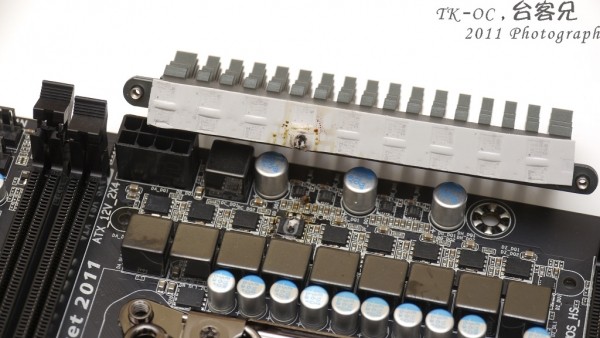Overclocking isn't the game of Russian roulette it used to be. Component makers have embraced the practice by enhancing quality control, designing simple interfaces, implementing failsafes, expanding warranties and more. Although you're less likely to experience catastrophic failure, disaster can and does strike occasionally as one Taiwanese enthusiast recently learned.
Last week, YouTube user "japan0827" uploaded a video of his overclocked testbed releasing a plume of smoke (skip to 3:45 or so). Mourning his loss, the overclocker shared his experience around various Asian message boards with detailed pictures identifying his Gigabyte motherboard as the culprit. More specifically, a MOSFET in his Gigabyte X79-UD3's CPU VRM.
Unfortunately, this isn't an isolated incident. Gigabyte released a press release this week acknowledging that it has received similar complaints from other overclockers who own the GA-X79-UD3, GA-X79-UD5 and G1.Assassin 2 – the company's main LGA2011 products. Gigabyte blames the issue on a combination of poor quality PWM components and bad firmware.

To solve the problem, the manufacturer has released a BIOS update (version F7) that throttles the CPU during extreme loads. This should protect your VRM from going haywire, but it will also foil your attempts to overclock. You can update your BIOS with the package provided in the download section of your motherboard's product page (UD3, UD5, G1.Assassin 2).
If you're afraid to flash your own BIOS, Gigabyte will do it for you. The company is also offering an unconditional return policy if you'd rather replace your board. The press release mentions a lifetime warranty for the above-mentioned motherboards, but we imagine it's not all-encompassing and only covers this specific PWM issue (Google Translate isn't crystal clear).